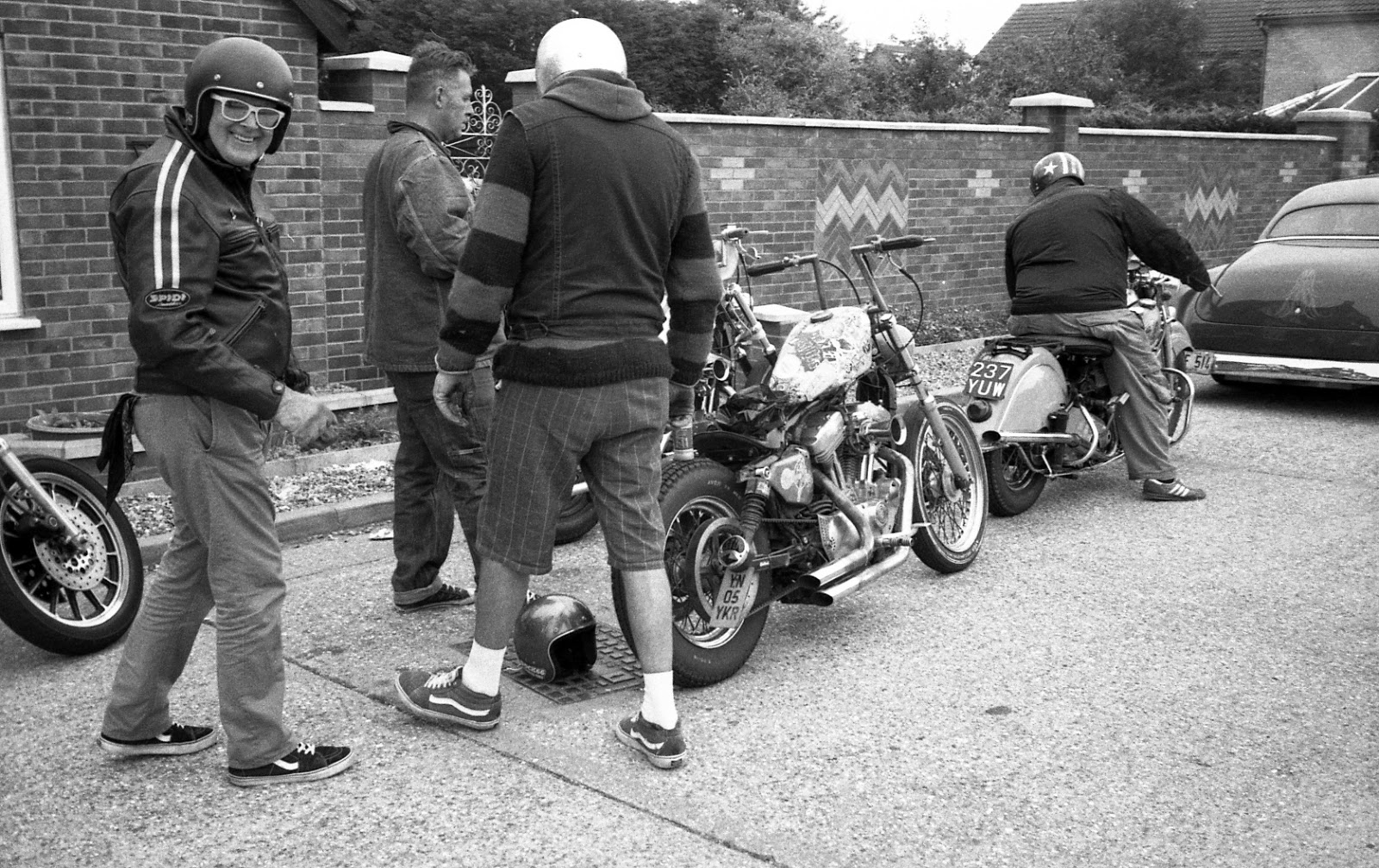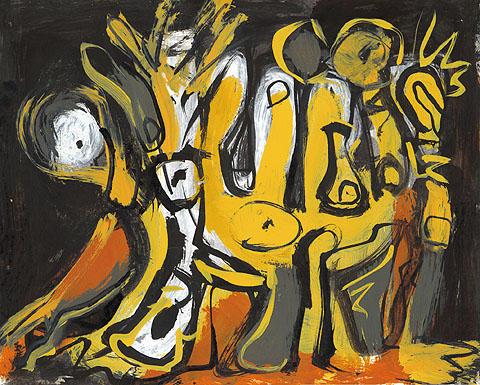


He said, “I should never go for the scenery of a poem to any country but my own, and I think I shall hold that conviction to the end.” He was a fervent Irish nationalist and even served six years in the Senate, the Dáil Éireann.

Yeats was also committed to writing about Ireland and national identity. In Yeats’ dark vision the descent into social chaos means that something cataclysmic is on the way we just do not know what it is. Something uncertain, a “rough beast” is unhurriedly slouching its way to Bethlehem to be born where Christ was born. In the last stanza the speaker realizes that “twenty centuries of stony sleep” or 2,000 years, have become a nightmare as a child has nightmares from a rocking cradle. For example, the enjambed fifth and seventh lines of the first stanza end with the words “everywhere” and “worst”-an accurate summary of the stanza’s essential meaning. Enjambment stresses the last word in the line by providing a frame of space and a microsecond pause before the reader’s eye moves to the next line. “The Second Coming” shows Yeats’ careful use of enjambment-the spilling over of a sentence from one poetic line to the next without any terminal punctuation. That spirit has become so degraded that the “second coming” is the antichrist, a sphinx figure: “A shape with lion body and the head of a man.” The “mere anarchy” with its “blood-dimmed tide” that is “loosed upon the world” builds to the second stanza’s introduction of the “vast image out of Spiritus Mundi,” or spirit of the world. The poem begins with six measured couplets that describe the circular path, or gyre, of the falcon that is now beyond the hearing of the falconer.


 0 kommentar(er)
0 kommentar(er)
